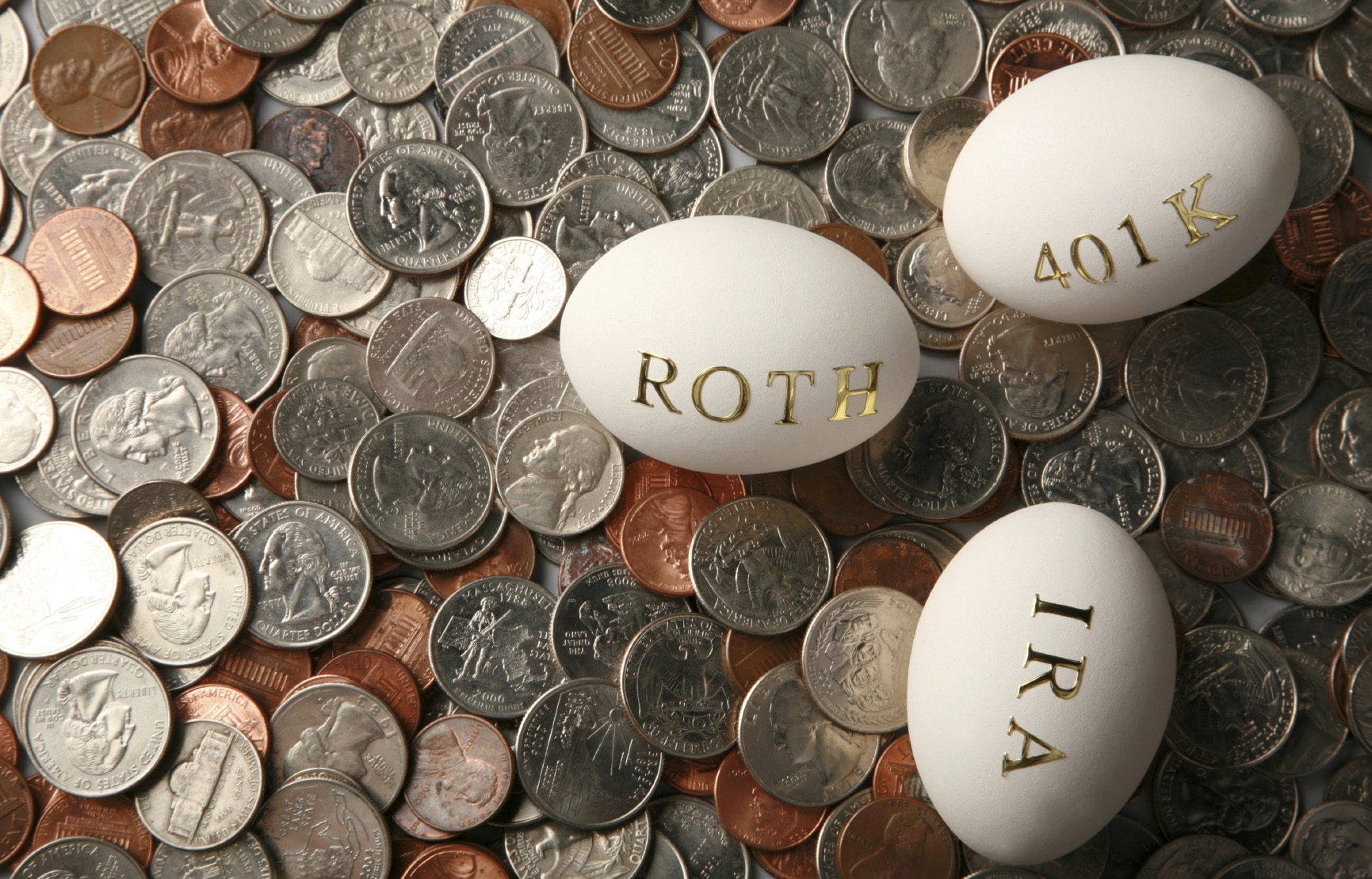 The Bush-era tax cuts could sunset in 2013, and this possibility has prompted some traditional IRA owners to think about Roth conversions.
The Bush-era tax cuts could sunset in 2013, and this possibility has prompted some traditional IRA owners to think about Roth conversions.
If tax rates go up, going Roth may be smart. The key word in that last sentence is may, as going Roth may not be for everyone.
Why go Roth?
There is an assumption behind every Roth IRA conversion—a belief income tax rates will be higher in future years than they are today. If you think this will happen—and many people do—then, you may be compelled to go Roth. After all, once you are age 59.5 and have owned a Roth IRA for five years (i.e., once five full years have passed since the conversion), withdrawals from the IRA are tax-free.1
Additionally, you never have to make mandatory withdrawals from a Roth IRA, and you can contribute to a Roth IRA as long as you live, unless you make too much money to do so—in 2012, the contribution limits are $125,000 for single filers, and $183,000 for joint filers and qualifying widow(er)s, with phase-outs respectively kicking in at $110,000 and $173,000. (These numbers represent modified adjusted gross income.)2, 3
Why not go Roth?
There are two reasons. Specifically, the tax hit could be substantial, and time may not be on your side.
A Roth IRA conversion is a taxable event. When you add the taxable income from the conversion into your total for a given year, you could find yourself in a higher tax bracket. Some of these conversions even lead to the IRA owner’s Social Security benefits and Medicare being taxed.4
If you are nearing retirement age, going Roth may not be worth it. If you convert a sizable traditional IRA to a Roth when you are in your 50s or 60s, it could take a decade (or longer) for the IRA to recapture the dollars lost to taxes on the conversion. Model scenarios considering what ifs should be mapped out.
You could do a partial conversion.
In fact, you could make multiple partial Roth conversions through the years. Is your traditional IRA sizable? This could be a good idea if you are in one of the lower tax brackets, and like to itemize deductions.
You could even undo the conversion.
It is possible to recharacterize (that is, reverse) Roth IRA conversions. If a newly minted Roth IRA loses value due to poor market performance, you may want to do it. The IRS gives you until Oct. 15 of the year following the initial conversion to reconvert the Roth back into a traditional IRA, and avoid the related tax liability.4
If you do go Roth, your heirs might receive a tax-free inheritance.
Lastly, Roth IRAs can prove to be very useful estate planning tools. (You may have heard of the stretch IRA strategy, which can, theoretically, keep IRA assets growing for generations.) If the rules are followed, Roth IRA heirs can end up with a tax-free inheritance, paid out either annually or as a lump sum. In contrast, distributions of inherited assets from a traditional IRA or 401(k) are routinely taxed.5
For more information, call (480) 285-1998. Gold Leaf Advisory is located at 2929 N. Power Road, Suite 101.
Citations:
1 – www.smartmoney.com/retirement/planning/iras-5-timing-rules-you-need-to-understand-1337271033972/ [3/5/12]
2 – www.irs.gov/retirement/article/0,,id=96989,00.html#2 [1/5/12]
3 – www.irs.gov/retirement/participant/article/0,,id=188238,00.html [4/17/12]
4 – www.boston.com/business/personalfinance/articles/2012/05/20/roth_ira_conversion_not_for_everybody/ [5/20/12]
5 – www.kiplinger.com/columns/starting/archive/reasons-you-need-a-roth-ira-now.html [4/5/12]

